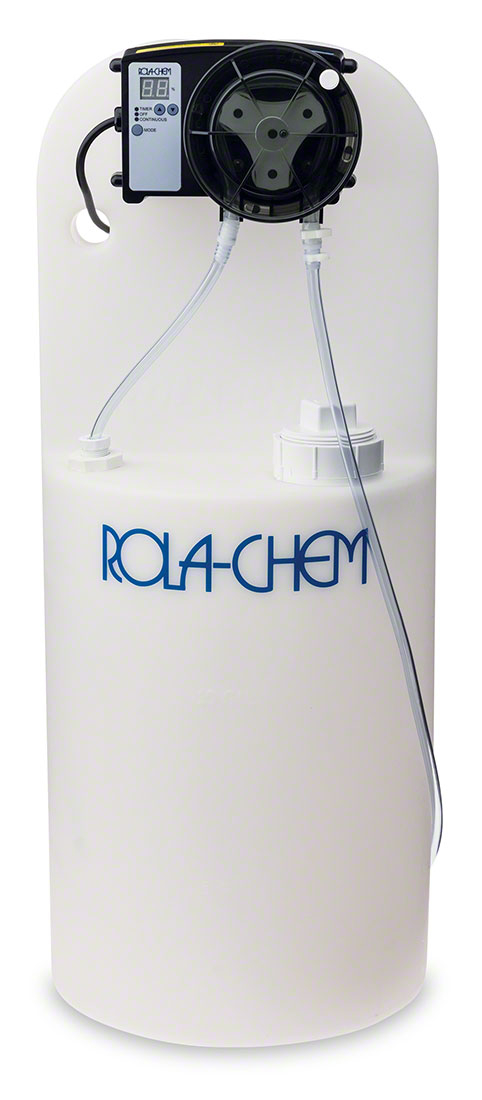I'm considering getting a Rola-Chem tank and peristaltic pump for liquid chlorine to mitigate the CYA buildup issues with tabs. I know the line from the rola-chem should be plumbed in the pool return line past the heater. Obviously with this setup I would predominantly be just using liquid chlorine, but I may want to throw a few tabs in every now and then if CYA dilutes with rain etc.
My question is, if I plumb the rola-chem line in past my tab feeder, and run it at the same time that there is a tab in the feeder, would there be enough mixing of trichlor and sodium hypochlorite to cause chlorine gas/heat issues? Or would the dilution be small enough that it wouldn't be an issue? My gut feeling is it would be better to be on the safe side and just manually add some CYA every now and then and forget the tabs altogether, but figured I'd ask.
Also, has anyone done the Rola-Chem conversion? Are you happy with it? I'm still on the fence. $630 for the unit, and then my chlorine cost would go from $220 to $450/yr, but I would save myself the annual drain and fill to dilute CYA.

 www.poolweb.com
www.poolweb.com
My question is, if I plumb the rola-chem line in past my tab feeder, and run it at the same time that there is a tab in the feeder, would there be enough mixing of trichlor and sodium hypochlorite to cause chlorine gas/heat issues? Or would the dilution be small enough that it wouldn't be an issue? My gut feeling is it would be better to be on the safe side and just manually add some CYA every now and then and forget the tabs altogether, but figured I'd ask.
Also, has anyone done the Rola-Chem conversion? Are you happy with it? I'm still on the fence. $630 for the unit, and then my chlorine cost would go from $220 to $450/yr, but I would save myself the annual drain and fill to dilute CYA.

Rola-Chem 15 Gallon Chemical Tank With RC303 Pro Series Pump Mounted - 12 GPD - 543854
This is a Rola-Chem 15 Gallon Chemical Tank with an RC303 Pro Series Peristaltic Pump pre-mounted. The RC303 Pro Series pump is 120 volts and handles a feed rate of 12 GPD. The chemical tank is constructed of heavy-duty high-density polyethylene. It is translucent which allows for visual check...
 www.poolweb.com
www.poolweb.com



